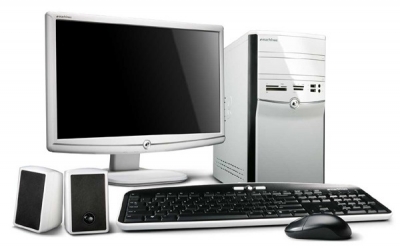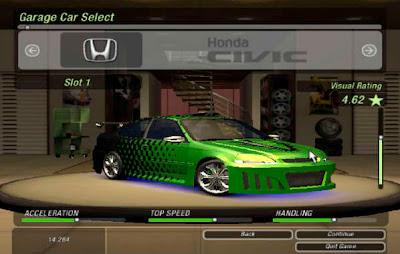Young Chinese Find Leisure, Friends In Tencent Fantasy Rampage
 Action and Adventure games are making a come-again; games like Assassin’s creed and Gods of War have made them extra in style than ever. With better graphics, very good sound tracks and extra intuitive controls, today’s fashionable action recreation is a really compelling trip into journey.
Action and Adventure games are making a come-again; games like Assassin’s creed and Gods of War have made them extra in style than ever. With better graphics, very good sound tracks and extra intuitive controls, today’s fashionable action recreation is a really compelling trip into journey.
Dead Effect 2 is a sci-fi FPS recreation with a dark storyline and unbelievable graphics. This recreation boasts a 20-hour marketing campaign mode together with an additional ten hours price of side quests to maintain you entertained. You’ll combat a variety of bad guys from mutated monsters to technologically enhanced aliens whereas your character ranges up, good points new expertise, and finds new gear which you could upgrade. It additionally has controller assist, tons of achievements, and more. It’s a freemium game which means you may be pestered to purchase stuff now and again, but apart from that, this has earned its mark among … Read more
 But we’re more than phrase jumble solvers! In addition to our tools to unscramble phrases, we additionally constructed a group of cipher decoders for pen and paper cryptography. If you’re questioning where to start, take a look at our Guide To Classical Cryptography The collection includes every little thing from fundamental substitution cipher instruments to transposition ciphers.
But we’re more than phrase jumble solvers! In addition to our tools to unscramble phrases, we additionally constructed a group of cipher decoders for pen and paper cryptography. If you’re questioning where to start, take a look at our Guide To Classical Cryptography The collection includes every little thing from fundamental substitution cipher instruments to transposition ciphers.
 NEW YORK (Reuters) – MTV Networks’ Nickelodeon will spend $100 million over the next two years to develop on-line games aimed toward children because it seeks to tap a quick-growing a part of the $30 billion trade.
NEW YORK (Reuters) – MTV Networks’ Nickelodeon will spend $100 million over the next two years to develop on-line games aimed toward children because it seeks to tap a quick-growing a part of the $30 billion trade. Car video games are a superb approach to keep your children at house. We all realize that the youngsters regardless of how younger they could be love to play with electronics or know-how. They have a particular love for smartphones and computer systems. Mostly they loves tech like smartphones and computer systems as a result of nearly each youngsters naturally is a video games lover. They just love to play video games. Two other things that children love are automobiles and bikes. There for there interest extensively goes into automotive games. Car games are the most well-liked games amongst kids.
Car video games are a superb approach to keep your children at house. We all realize that the youngsters regardless of how younger they could be love to play with electronics or know-how. They have a particular love for smartphones and computer systems. Mostly they loves tech like smartphones and computer systems as a result of nearly each youngsters naturally is a video games lover. They just love to play video games. Two other things that children love are automobiles and bikes. There for there interest extensively goes into automotive games. Car games are the most well-liked games amongst kids.